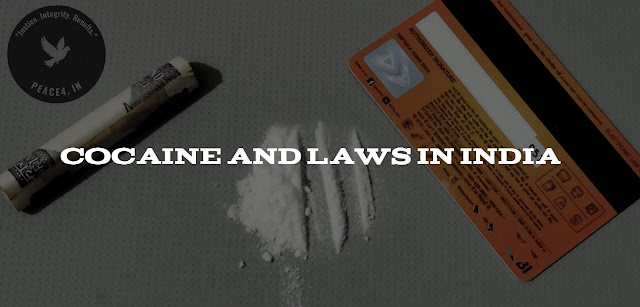Search This Blog
PEACE Legal Information India offers simple, accurate explanations of Indian laws, including workplace rights, cyber law basics, traffic regulations, consumer protection, safety rules, and common legal situations. Our goal is to make legal information accessible, trustworthy, and easy for everyone in India to understand.
Peace Legal Information: Making Law Simple for Every Citizen
Vehicle Seizure by Traffic Police in India: What Are Your Rights? (2025)
Detailed information on the topic, Vehicle Seizure by Traffic Police in India: What Are Your Rights? (2025)
Having your vehicle seized by traffic police can be a stressful experience. But the law offers you protections. In this post, we explain why your vehicle may be seized, your legal rights during and after seizure, and the correct procedure for reclaiming your vehicle.
- When Can Police Legally Seize a Vehicle?
- Your Rights at the Time of Seizure
- What Counts as an Illegal Seizure?
- How to Reclaim a Seized Vehicle
- Legal Remedies if Your Rights Are Violated
- Final Word
When Can Police Legally Seize a Vehicle?
Under the Motor Vehicles Act and relevant provisions of the Indian Penal Code (IPC), the traffic police may seize a vehicle if:
- The vehicle is driven without a valid license (Section 3/181 MV Act)
- Registration, insurance, or PUC certificate is not available (Section 39 MV Act)
- The vehicle is involved in a serious offense like rash driving or hit-and-run (Section 279, 304A IPC)
- Unauthorized use, such as operating a commercial vehicle without permit
- Drunk driving, repeat traffic violations, or evasion of challans
Your Rights at the Time of Seizure
Traffic police must follow due process. You are entitled to:
- A valid reason for seizure, communicated clearly
- A copy of the seizure memo or challan
- Information on the police station or yard where the vehicle will be kept
- The right to object if the seizure appears arbitrary or illegal
If your vehicle is being towed or confiscated, always record the process if possible and collect evidence (photos, video).
What Counts as an Illegal Seizure?
Seizure is illegal if:
- No clear legal violation is shown
- Police do not provide a seizure memo or challan
- The vehicle is taken without authority (e.g., constables without transport department designation)
- Excessive force or intimidation is used
Such actions may violate Article 21 (Right to Life and Liberty) and can be challenged in court.
How to Reclaim a Seized Vehicle
Here’s how you can get your vehicle back:
- Visit the police station or RTO yard with original documents (RC, license, insurance, PUC)
- Pay the fine if a challan is issued
- Request a written release order or pay security if required
- If legal proceedings are involved, apply for vehicle release through court under Section 451 CrPC
Sometimes, your vehicle may be returned “on superdari” (temporary custody pending trial).
Legal Remedies if Your Rights Are Violated
If the seizure was unlawful or your rights were violated, you may:
- File a complaint to the traffic SP/DCP or RTO
- Approach the State Human Rights Commission
- File a writ petition in the High Court for violation of Article 21
- Seek compensation in case of illegal towing or damage to vehicle
Final Word
Traffic police have legal powers, but they must be exercised responsibly. Knowing your rights helps you stay calm, compliant, and confident during a seizure event. Don’t hesitate to seek legal help if needed.
Explore more from our Traffic Law Series:
.jpeg)


%20Act,%201970.jpeg)






